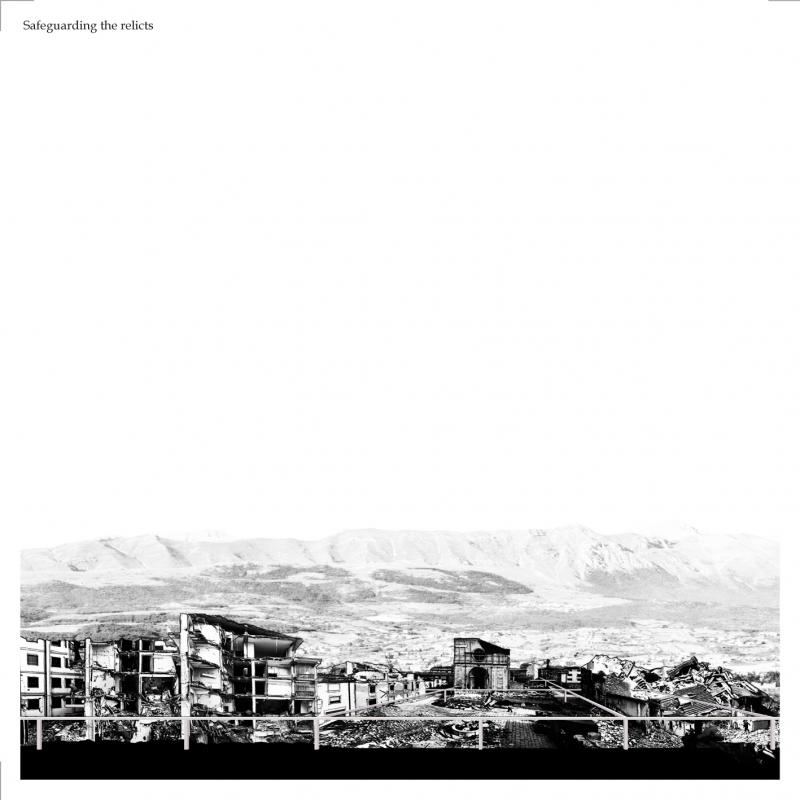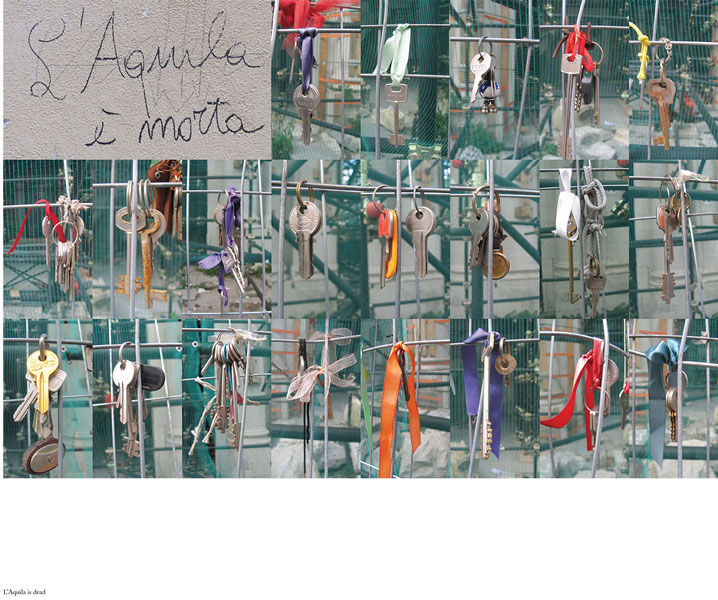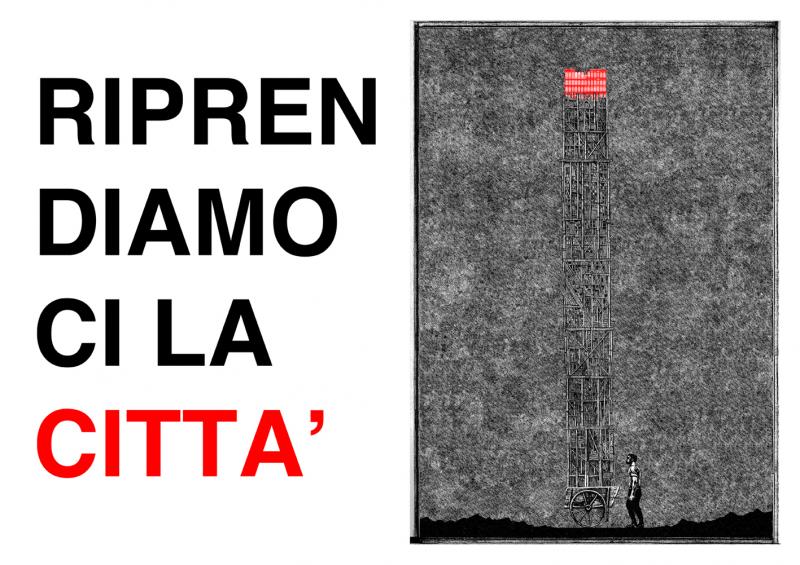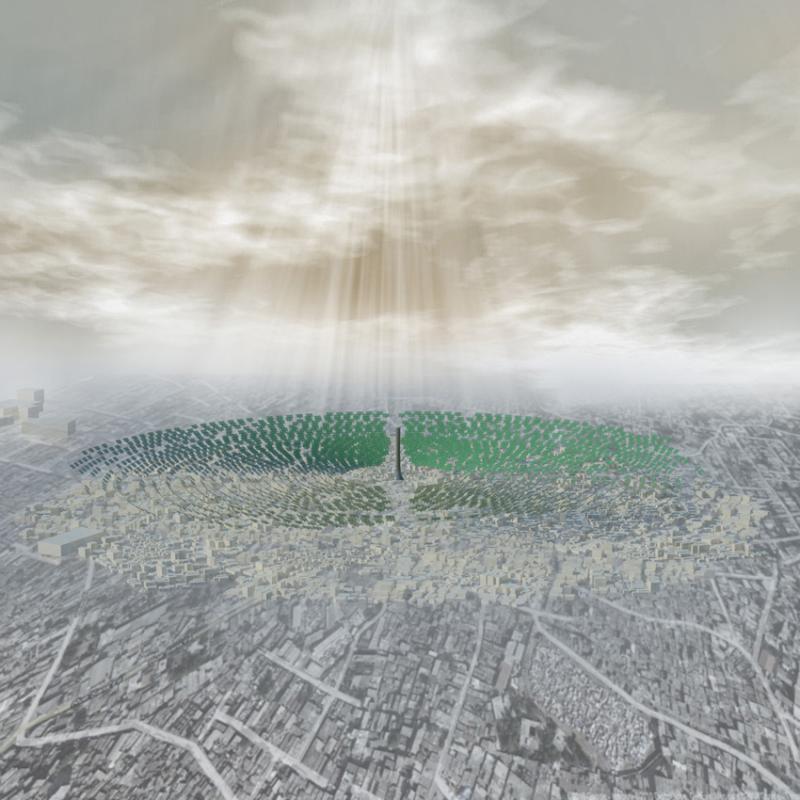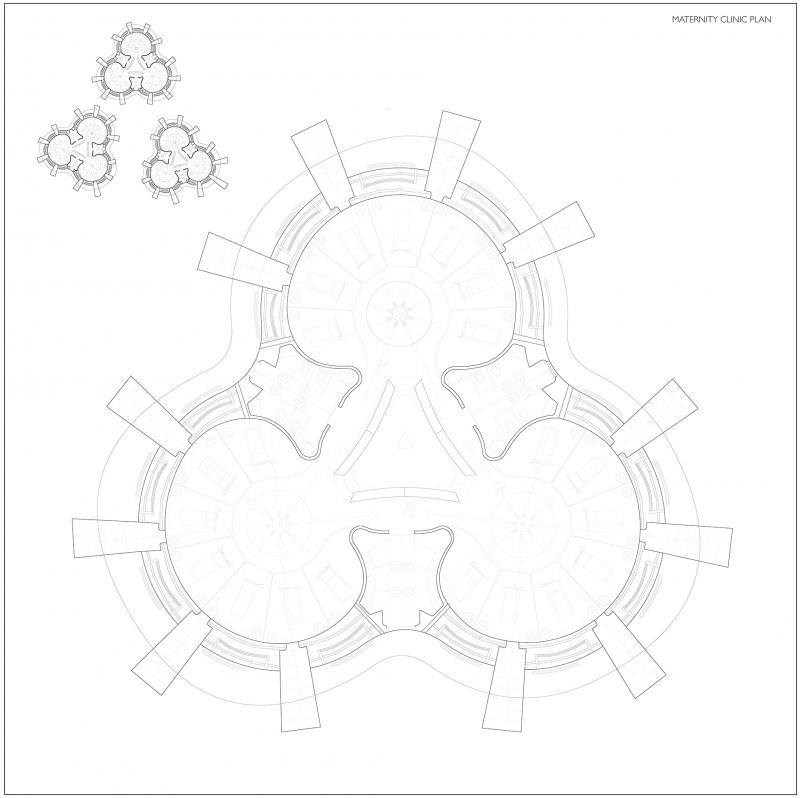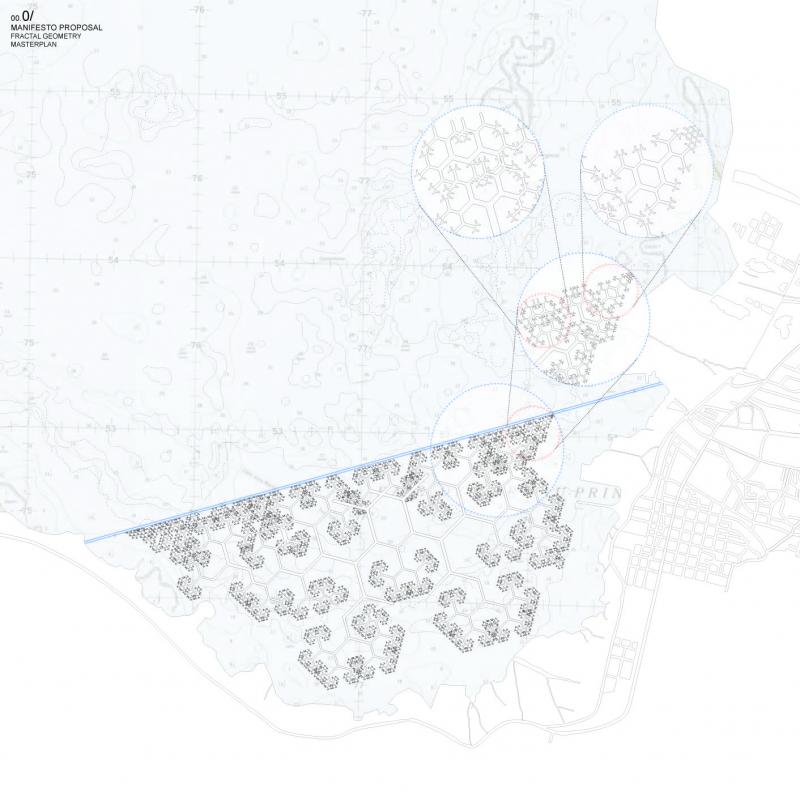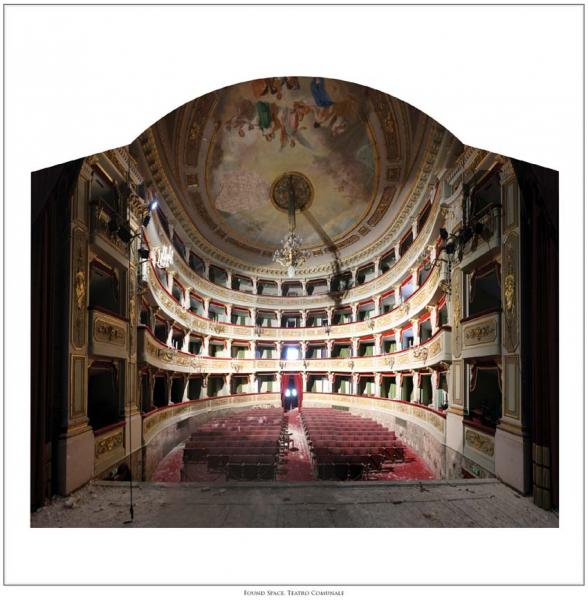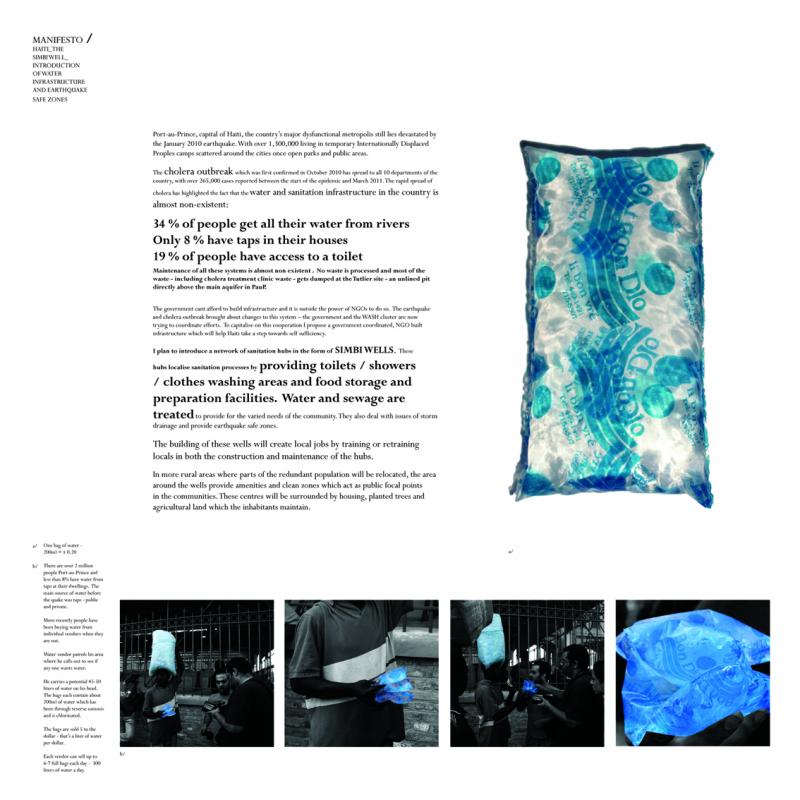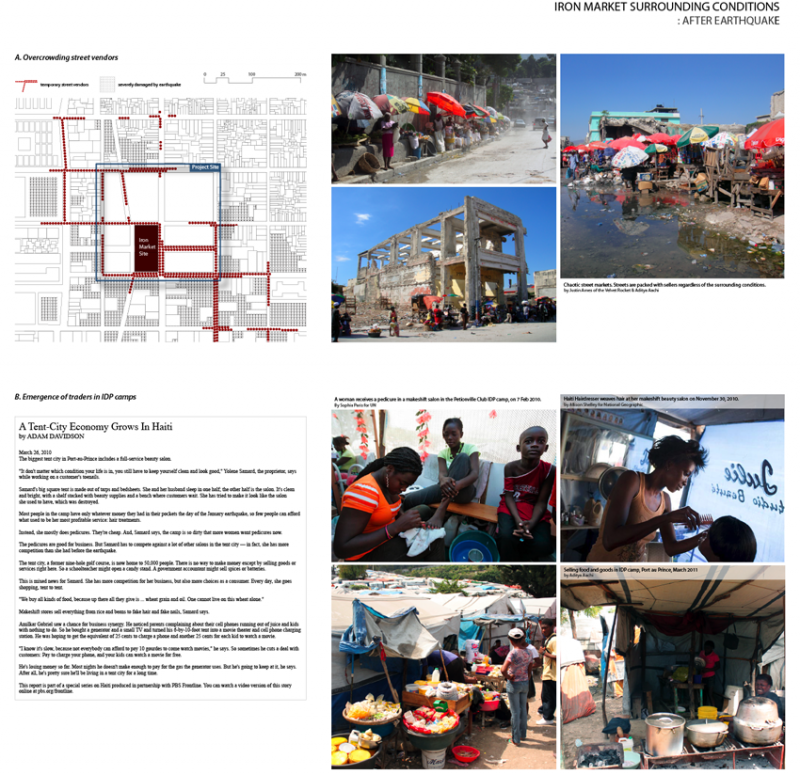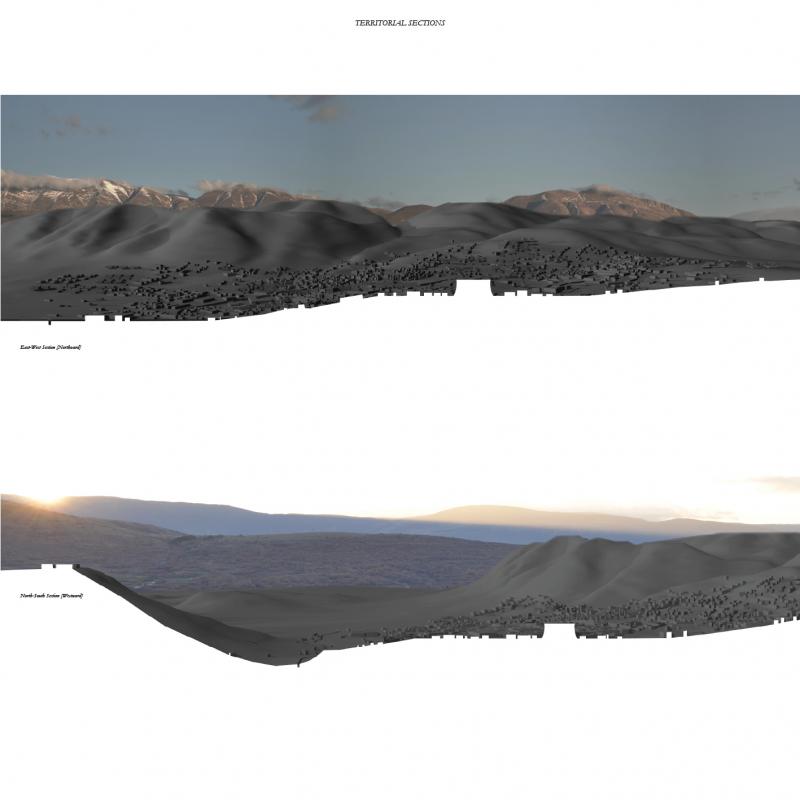Fault Line Vernacular
In February 2010 the Haiti earthquake, the most deadly in modern history, killed one quarter of a million people, ravaging the urban environment. Over the following year, and all across the globe, other earthquakes of great magnitude had a devastating impact on the communities they touched. While earthquake design is written into building codes, we investigated ways to embed the required engineering principles into the broader role of building within the social structure of communities – as a haven.
The unit proposals are characterised by transferring knowledge between the lingering rehabilitation of L’Aquila and direct disaster relief in Haiti. Projects sited in Haiti make permanent resettlement a priority through the making of humble, straightforward and valuable design proposals. Projects sited in L’Aquila pursue the regeneration of an abandoned territory. Concentrating on developing the stimuli and friction required to respond to the difficult social situation and political stalemate that exist in both territories, all projects attempt to extend links between academia and practicality, finding purpose in the essential and the commonplace.
The projects catalogue systems and typologies to shape the many reciprocal relationships that can be established through the safety of their settings – ecological, hydrological, material, climatic as well as cultural and aesthetic.
To achieve this we survey a broad range of interactions that generate interventions at differing scales while pursuing a rigorously green agenda, one that by its nature is interdisciplinary and reliant on collaboration and context. This collective work reaches out to a variety of different disciplines and works with organisations on the ground such as PADF (Pan-American Development Foundation) and UNFPA (Fonds des Nations Unies pour la Population) in Haiti and with Comefacciamo and activist group 3e32 in L’Aquila, who provided the unit with practical and technical assistance.
The unit investigates and reappropriates digital technologies while working at different scales and deployments. Research methods predicting the behaviour of materials under severe loading inform the proposals. Underpinning the work is the ambition to develop workable systems – both technical and social – for addressing places located on dangerous fault lines that people inhabit and call home.
